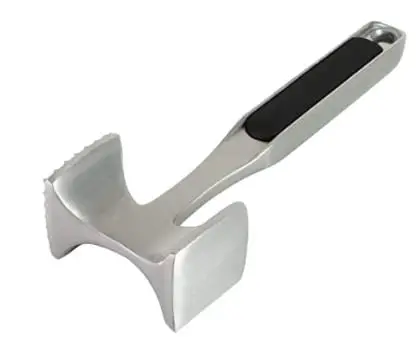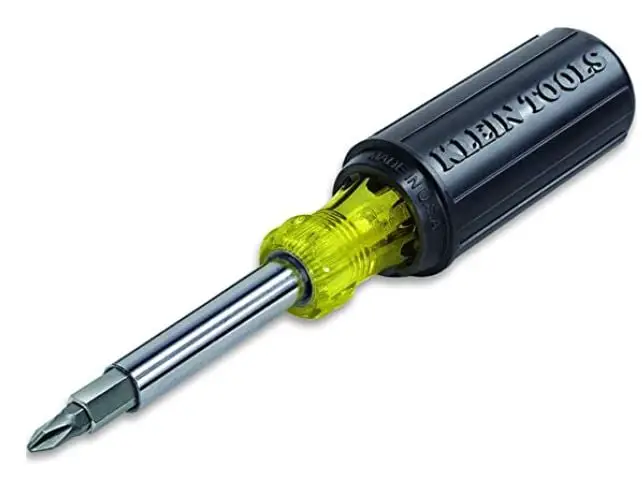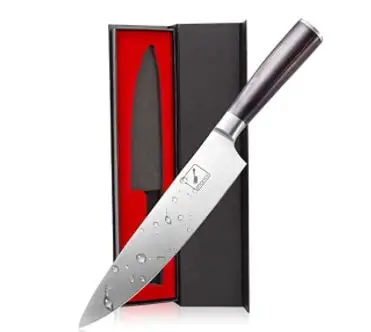Did you know there are over 10 types of Coconuts? Do you love coconuts as much as we do? Then you may be interested in knowing about different types of coconuts. There’s something about coconuts that makes you think about the a nice and relaxing tropical vacation. This fruit is widely popular and is consider a culinary delicacy so today we’ll be sharing with you different types of coconuts.
Many cultivars exist within the Cocos nucifera species which bear a wide variety of different types of coconuts. But coconuts aren’t only useful in the kitchen, coconuts have also made quite the impact in the beauty industry.
And there’s a good reason why coconuts can also be found in beauty products, thanks to their vitamins and plenty of minerals, coconuts significantly improve your physical health along with providing a significant improvement in both your skin and hair. Learn below about different types of coconuts.
Types of Coconuts
Chowghat Orange Dwarf Coconut
The coconuts produced by this tree are round with orange skin. They have a subtle yet sweet-tasting water, and a high content of meat. The tree itself typically grows to 16 feet in height and has an average expected lifespan of 50 years.
Malayan Dwarf Coconut
This tree blooms in the spring with small and inconspicuous white flowers. The Malayan Yellow Dwarf Coconut trees bear fruits that are pale yellow when ripe, whereas the Malayan Green Dwarf Coconut trees produce fruits that remain green.
Macapuno Coconut
This is a coconut that has no water content and is instead filled with a soft flesh that resembles the consistency of jelly. These coconuts, due to their rarity, have become an expensive delicacy in Asia.
These coconuts have a much higher sugar content than regular coconuts, making them ideal for use in desserts. Foods made with macapuno include pastries, candies, ice creams, cakes, and drinks.
Fiji Dwarf
It is called a dwarf tree because it bears fruit just several years into its life while it is still quite short, and it is, therefore, able to be harvested by hand without having to use a ladder. However, as the tree ages, it continues to grow to quite an impressive height, typically at a speed of about 1 foot each year.
King Coconut
King coconut trees are native to Sri Lanka. These coconuts are consumed on a daily basis by the locals, most commonly as a drink. King coconut water is known to have excellent nutritional qualities, and it is prized for its health benefits.
East Coast Tall Coconut
This variety of coconut tree is one of the most widely cultivated tall varieties. It typically takes between 6 and 8 years before it starts bearing fruit, with an average annual yield of 70 coconuts.
West Coast Tall Coconut
This palm is more drought-tolerant than the East Coast Tall Coconut tree and can survive occasional prolonged periods of dry soil. It will begin fruiting at 6 or 7 years of age, producing a harvest of around 80 coconuts each year per tree.
Maypan Coconut
The Maypan tree is a hybrid, which is a cross between the Malayan Dwarf and the Panama Tall. As a result of crossing these two trees, the resulting Maypan tree has the benefit of lethal yellowing disease resistance inherited from the Malayan Dwarf and the adverse weather tolerance of the Panama Tall.
Panama Tall
The Panama Tall is a beautifully elegant tree and is very tolerant of adverse weather, such as storm winds. It is also among the most cold tolerant of all coconut palm trees.
Jamaican Tall
This tall variety of coconut palm is one of the most visually striking. This tree will grow well in any type of well-draining soil, as it requires plenty of moisture. A single Jamaican Tall palm can produce between 100 and 200 coconuts each year.
How to open a Coconut?
Method 1: Using a mallet and screwdriver
- Use a tenderizing mallet to tap a screwdriver through the softest eye in the coconut.
- Place the coconut over a cup to drain completely.
- Place the coconut in an oven heated to 375º Fahrenheit for 10 minutes or until a crack appears.
- Wedge the screwdriver along the crack to remove the exterior husk.
- If no crack appeared, carefully tap into the husk with the screwdriver and mallet.
- If you need some help, try a paring knife or a butter knife to separate the husk.
- Once the exterior of the husk is removed, you’ll get a smooth, soft interior that you can peel with any vegetable peeler to get to the coconut flesh.
Recommended Products
KitchenAid Gourmet Meat Tenderizer
This mallet is suited to use with all meats, including all cuts of beef, veal, chicken, and pork. To use the flat side, place the meat down on a wooden cutting board.
Cover with plastic wrap or wax paper. Start in the middle, and pound in a circular motion, working your way out toward the edges.
Use this tool to crack or smash other foods including shellfish and nuts, peppercorns, hard candy, and more.

Features:
- Aluminum construction
- Lightweight
- Durable
Klein Tools Multi-Bit Screwdriver
This versatile 11-in-1 multi-tool has everything the professional needs. The integrated screwdriver/nut driver shaft holds 8 popular tips and converts to 3 nut driver sizes.
The blades are interchangeable for quick and easy switch out. You can also expect a comfortable cushion-grip handle.
Blast finish bit tips provide a firm hold and reduce cam-out.

Features:
- Cushion-Grip handle
- Interchangeable blade
- Blast finish
Method 2: Using a knife
- Carefully pierce the softest eye of the coconut with a chef’s knife and drain the water.
- Holding the coconut in your non-dominant, repeatedly crack the blunt backside of the knife against the “equator” or middle of the coconut, rotating it slightly after each whack.
- With a few solid hits, a crack will form and soon the whole husk will split.
Recommended Product
imarku Chef Knife
High-carbon stainless steel blade-It is manufactured from high-quality stainless steel that maintains its functionality for a long time.
Multi-functional knife-The gyutou knife is classified and designed to be multipurpose knife for professional applications It cuts, dices, slices, chops and also cuts meat off bones.
Ergonomic pakka handle-To make it more professional and minimize any fatigue, finger numbness or aches after holding it continuously for an extended time.

Features:
- Stainless steel blade
- Multi-functional
- Ergonomic pakka handle
Method 3: No tools
- Wrap the coconut in a thin dish towel, then place it in a plastic bag.
- Smash the coconut against your kitchen counter a few times until the thing is cracked wide open.
Common Question Regarding Types of Coconuts
Is the coconut a nut?
Coconuts are a member of the palm tree family and the only known living species under the genus Cocos nucifera. Coconut is actually a one-seeded drupe, not a nut. Coconut can refer to the whole coconut palm or coconut plant, its fruit or seeds.
What are the different varieties of coconuts?
The coconut palm cultivars are split into two groups; dwarf varieties and tall varieties.
Dwarf Varieties:
- Chowghat Orange Dwarf Coconut
- Malayan Dwarf Coconut
- Macapuno Coconut
- Fiji Dwarf
- King Coconut
Tall Varieties:
- East Coast Tall Coconut
- West Coast Tall Coconut
- Maypan Coconut
- Panama Tall
- Jamaican Tall
Which is the best variety of coconut?
While you’ll find multiple variants of dwarf coconuts, these coconuts are deemed more popular than its contemporaries. They were first developed in the Malaysian region between 1800 and 1900 by early Indonesian planters.
When young, the fruits of these coconuts are pale greenish in color. However, once they start aging the leaf stalk and sprouts eventually assume pale yellowish and brownish hue.
Can you eat all types of coconuts?
Inside the white coconut is soft, almost gelatinous meat that doesn’t taste of anything. However, white, or young coconuts, contain delicious and nutritious coconut water. You can eat the flesh of brown coconuts raw, grate it in desserts, or toast shavings. There are also other types of white coconut.
How many names are there for coconut?
Coconut tree, coconut palm or coco nucifera. Coconuts are also often called the tree of life.
What are some of the uses of coconuts?
- From its leaves down to the roots, parts of the coconuts won’t go to waste and they have their own usage. Its leaves are being used in different things, such as a roof for native houses. The main coconut palm tree’s body is being used as a lumber.
- The coconut fruit contains flesh or the so-called coconut meat that’s also very useful. Major companies are processing them into coconut oil. It also contains fats and can be eaten dried or fresh.
- The coconut water inside the fruit also provides its own use and provides a lot of health benefits. You can drink it fresh out of the seed or they are being repacked and sold in grocery stores. The coconut water is also processed into different beverage products or being fermented to create a vinegar.
What is one thing that all types of coconuts have in common?
There are dozens of types of coconuts grown all over the world. One thing that all of these coconuts have in common is that they thrive in warm weather.



